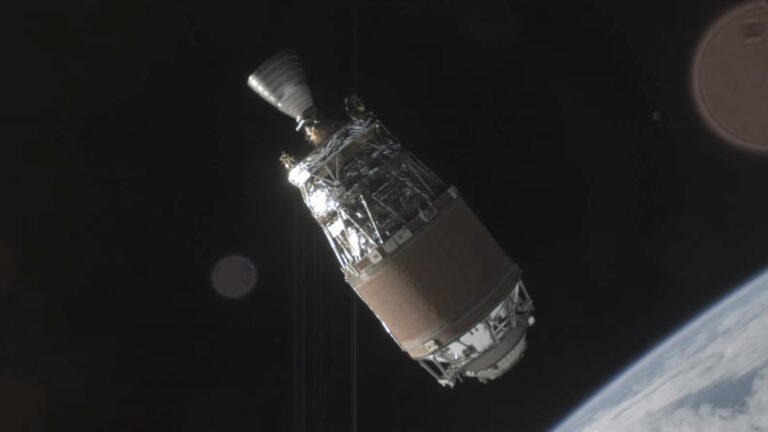The State Department has declared 22 of the e-mails stored on former Secretary of State Hillary Clinton's personal mail server to contain information classified as "top secret." In some cases, those e-mails were related to "special access programs"—the highest level of classification for government secrets, reserved for protected intelligence and other information kept closely protected because of its sensitivity. The State Department did not reveal whether the messages were all sent to Clinton or if she authored any of them.
Clinton has maintained that she never sent any classified information using her personal e-mail—a hosted Exchange server that initially was operated from her own home.
The messages were "upgraded at the request of the intelligence community," State Department spokesperson John Kirby told the Associated Press, indicating that they had not been marked with that level of classification initially. There is no indication whether the information was sent or received by Clinton or whether it bore any classification mark to begin with.
The classification decision was made in conjunction with the State Department's Freedom of Information Act (FOIA) process for public release of Clinton's e-mails and is not directly related to the ongoing FBI investigation of her use of her personal server. It would be unlikely that Clinton would be charged criminally for the improper handling of the classified data, as thus far the messages that have been classified or redacted were not marked as classified at the time. Other conversations have been held back because they included communication with President Obama and fall under the Presidential Records Act.


 Loading comments...
Loading comments...
